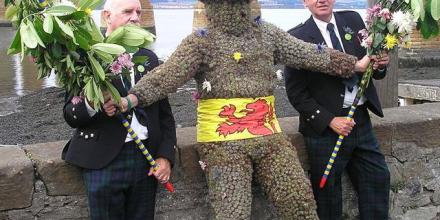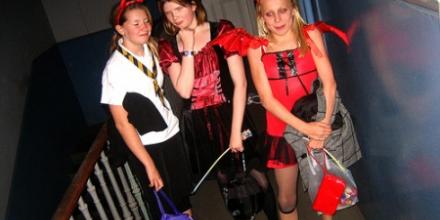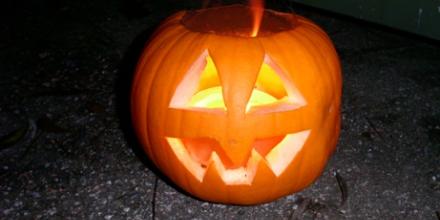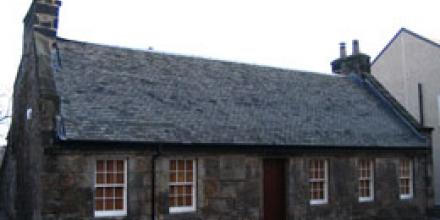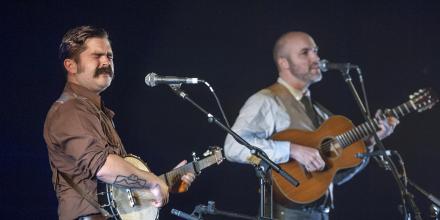Blackening
This is a ritual usually perpetrated upon a soon to be married man before his wedding, but in some places (see above example from Kirkwall in Orkney) carried out by and on females! Workmates and friends organise and carry these out. More widely this involves the soon-to-be-married man being caught, stripped of much of his clothing (at least to the waist) and tied up. He is then 'blackened' (traditionally with tar, soot or sometimes treacle) then covered also with flour and/or (traditionally) feathers. He is... Read More





